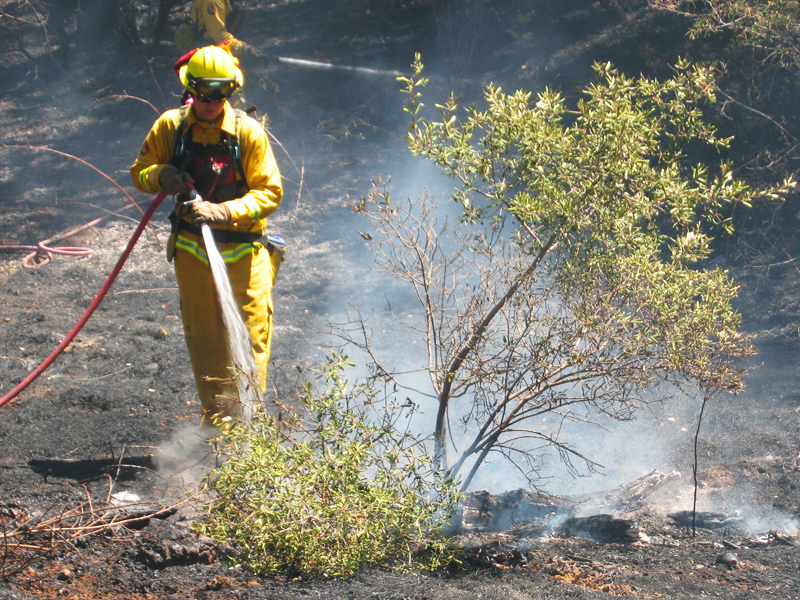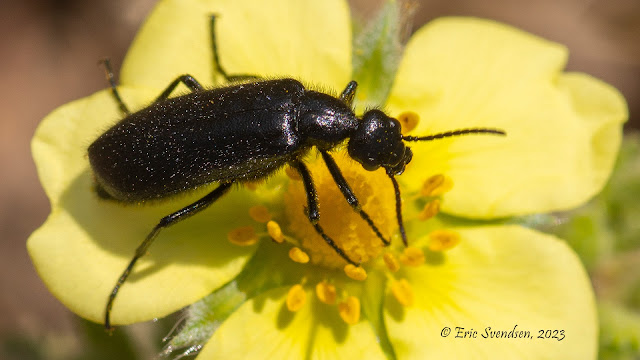Giant burrowing mayfly - Hexagenia limbata

I was out picking up some landscape blocks today and saw this interesting insect sitting on the outside wall of the home I was at. It flew on my shirt after I got close to it and I used my cell phone camera (macro setting) to photograph it. The images turned out modestly well, good enough for me to do a blog on the creature anyway. Locally it is called the Okanagan mayfly, but it has a wide range and is more commonly called the giant burrowing mayfly. It can be found throughout North America and reaches its greatest population density around the Great Lakes. Eggs are very small, one female lays an average of 4000 of them. The egg overwinters and hatches in the spring to produce a larva, called a naiad. The tiny larvae burrow in soft substrate and produce an open-ended tunnel where they live out their lives. The gills move back and forth creating a flow of water that brings both oxygen and organic material into the tube. The naiad feeds on organi...









